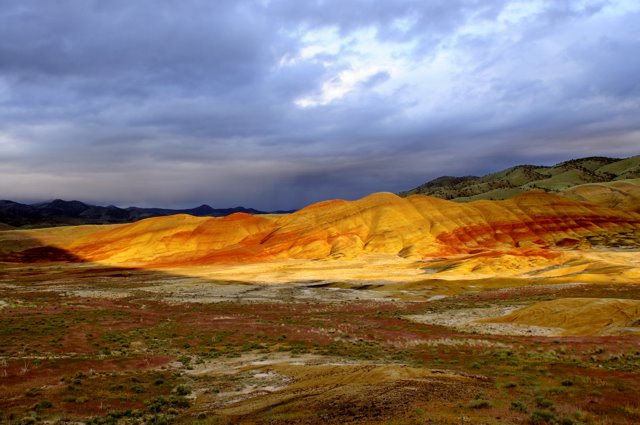Hi,
I am about to launch a series of blog posts about "How to use your camera." The need for this came to me this summer as I was working as a volunteer for Oregon State Parks and Recreation. I worked at Wallowa Lake State Park, where part of my duties included conducting photography walks along some of the hiking trails in the area. Before each walk or hike, I spent a little time explaining some important factors about "creating" photographs rather than "snappin' pitchers." I discussed three things all pros use to make a photo. I included the tools used to make those three things work, and I began helping people get used to using the menus in their cameras as well as explaining what some of the things mean.
After a few outings I came to realize that most folks simply don't understand the language to begin with. Some folks could relate ISO to the old film speed concept they used to use when they bought new rolls of film, but when asked how different settings could effect their images in different lighting conditions they had no clue. Almost everyone became confused when we talked about aperture and depth of field. Shutter speed was a little easier to grasp but almost no one used the shutter speed setting on their camera. Almost everyone I talked to always used the "Auto" settings for everything.
So, if you are one of those folks who wants to know how to use your camera just follow along. I'll begin by discussing the most common features available on most cameras available today. Then I'll dive deeper into the mysteries of these features and tell you how to use them. In the end you will have learned much more about your camera, how the controls work and how to control them, and above all learn to take better pictures. Will you be a Pro by then? Probably not, but you will have a much better understanding of photography and how to create a photograph the way you want, rather than be surprised at how good your camera works.
DV

No comments:
Post a Comment